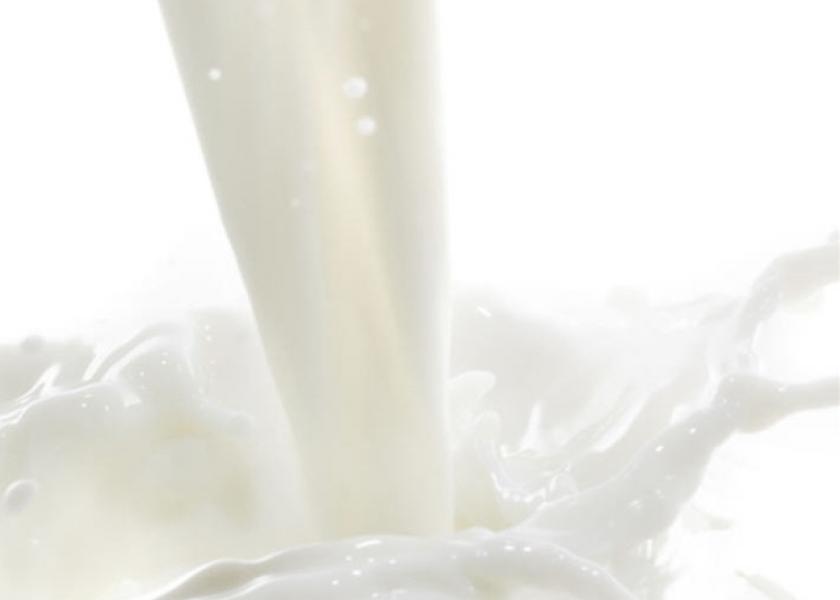Better Milk Prices Ahead

While milk prices are at or just above break-even cost of production levels heading into 2016, there is hope on the horizon.
That’s according to Tim Hunt, an economist and global dairy strategist with Rabobank. Hunt spoke at Dairy Today’s Elite Producer Business conference in Las Vegas this November.
“The 2015 global market crash has depressed U.S. exports and pushed down producer returns,” he says. “If U.S. butterfat premiums erode in coming months, farm gate prices will fall further.”
But the supply brakes are being applied globally, and lower world prices are reawakening consumers. The result: “Pricing will likely enter a sustained upward phase in mid 2016,” Hunt says.
The reasons:
- China will likely work through its current inventory of dairy stocks, and Chinese milk production will not keep pace. Lower milk prices in China means small dairy farms are continuing to exit the business, and any new development of large farms has been shelved until better prices return.
- New Zealand could see milk production decline nearly 10% in the first half of 2016 since feeding supplements is no longer profitable at these current world prices.
- European Union (EU) milk production is expected to barely grow at all because of lower milk prices and reduced cash flows, and U.S. milk production might grow just 0.5% next year.
- Current excess global supplies are roughly 5 million metric tons, which is about the annual milk production of the state of Idaho. Even so, it represents just three weeks of international trade. “Lower milk pricing will help unlock additional consumption, eroding those international stocks,” he says.
There could, of course, be some hiccups along the way. “EU quotas coming off and Euro currency valuations could result in more milk than we are expecting, or there could be further struggles in the global economy,” Hunt says.
But at the same time, a strong El Niño this winter could cause problems in New Zealand and lower its production even further.
Underlying market factors are much different now than in 2009, the year of the last major price crash. In 2009, dairy imports were down almost across the board, in large part because capital markets were locked up and importers could not finance purchases.
“Demand conditions were also very different in 2009, when the world economy was contracting 2%,” Hunt says.
This year, China slowed its dairy purchases significantly because it imported huge amounts in 2014. The Chinese are now working their way through those inventories, and it’s likely they’ll be back in the buying mode by next summer.
The Russian embargo also halted European sales destined for that market, for the most part. European milk originally headed to Russia was converted to powder, stock piled and now hangs over other markets.
The difference now, compared to 2009, is the surplus is in private hands—which impacts how stocks behave. If governments hold the stocks, they typically release them in smaller increments so as not to further soften the market.
When stocks are held privately, they are released sooner to avoid storage and carrying costs. While that can cause prices to soften, the pain is less prolonged.
And unlike 2009, the world economy in 2015 is growing 2% to 3%. So as dairy prices decline, more third-world countries are willing and able to purchase products. When dairy products reached record levels in 2013 and 2014, many of these countries were priced out of the market.
Finally, dairy farmers worldwide will feel the pinch of lower prices. World supplies of milk will actually go negative by next spring, which will further erode stock-piled inventories.







